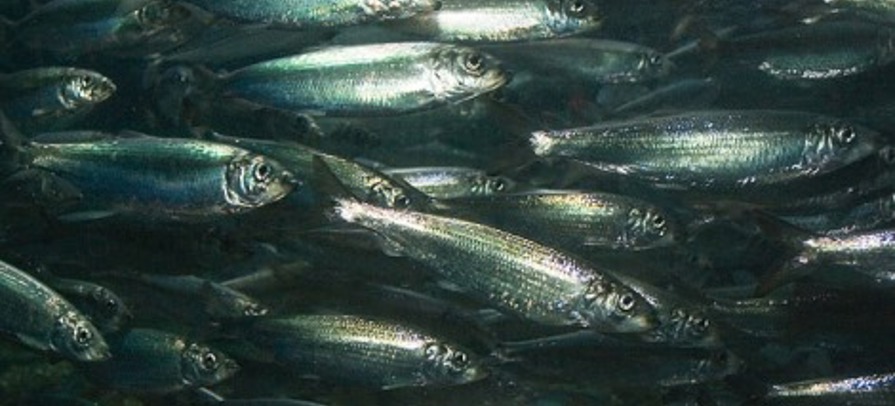Grein um sild í norðurhøvum
Í nýggjari grein í Marine Ecology Progress Series verður samanseting av sildastovninum í norðurhøvum viðgjørd.
Tað er ein stórur bólkur av granskarum úr Íslandi, Føroyum, Norra og Danmark, sum arbeiðir við hesum spurninginum Høvundarnir á greinini eru Christophe Pampoulie, Aril Slotte, Guðmundur J. Óskarsson, Sarah J. Helyar, Ásbjörn Jónsson, Guðbjörg Ólafsdóttir, Sigurlaug Skírnisdóttir, Lísa Anne Libungan, Jan Arge Jacobsen, Hóraldur Joensen, Henrik Hauch Nielsen, Sindri Karl Sigurðsson og Anna Kristin Daníelsdóttir.
Greinin kallast Stock structure of Atlantic herring Clupea harengus in the Norwegian Sea and adjacent waters og kann lesast her (krevur hald)
Enskur samandráttur
The genetic structure of Atlantic herring Clupea harengus L. was investigated in its north-easterly distribution in the Norwegian Sea and adjacent waters, using 23 neutral and one non-neutral (Cpa111) microsatellite loci. Fish from the suspected 2 main populations—the Norwegian spring-spawning herring (NSSH) and the Icelandic summer-spawning herring (ISSH)—were collected at spawning locations in their respective spawning seasons from 2009 to 2012. Samples were also collected from Norwegian autumn spawning locations, from different local Norwegian fjords such as the inner part of Trondheimsfjorden, Lindås pollene, Landvikvannet and Lusterfjorden, as well as from suspected Faroese spawning components. The observed level of genetic differentiation was significant but low (FST = 0.007) and mostly attributable to the differentiation of the local Norwegian fjord populations. The locus Cpa111, which was detected to putatively be under positive selection, exhibited the highest FST value (0.044). The observed genetic patterns were robust to exclusion of this locus. Landvikvannet herring was also genetically distinguishable from the 3 other fjord populations. In addition, the present study does not support genetic structuring among the ISSH and the NSSH.
